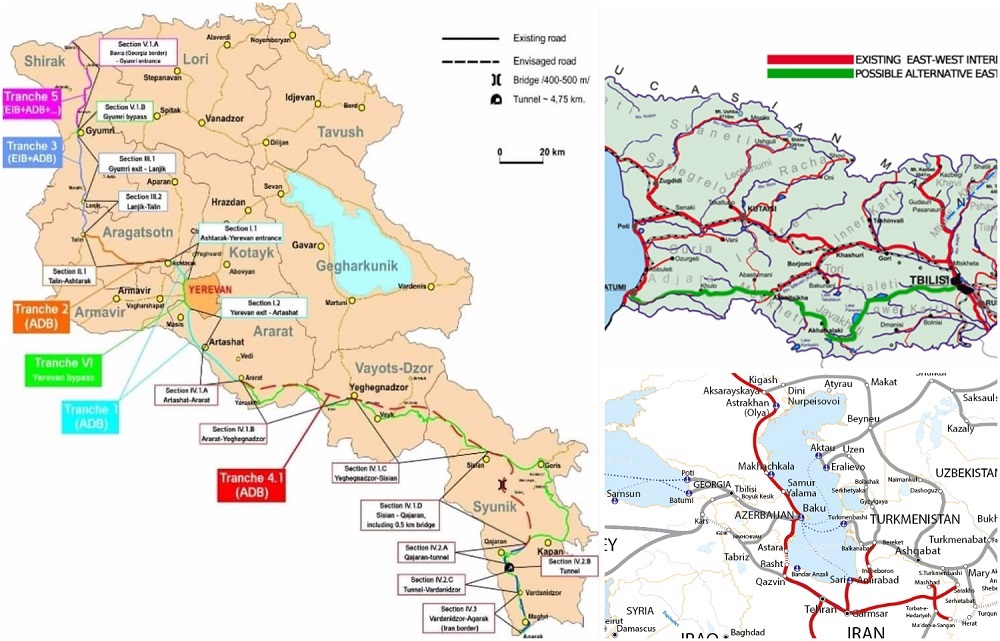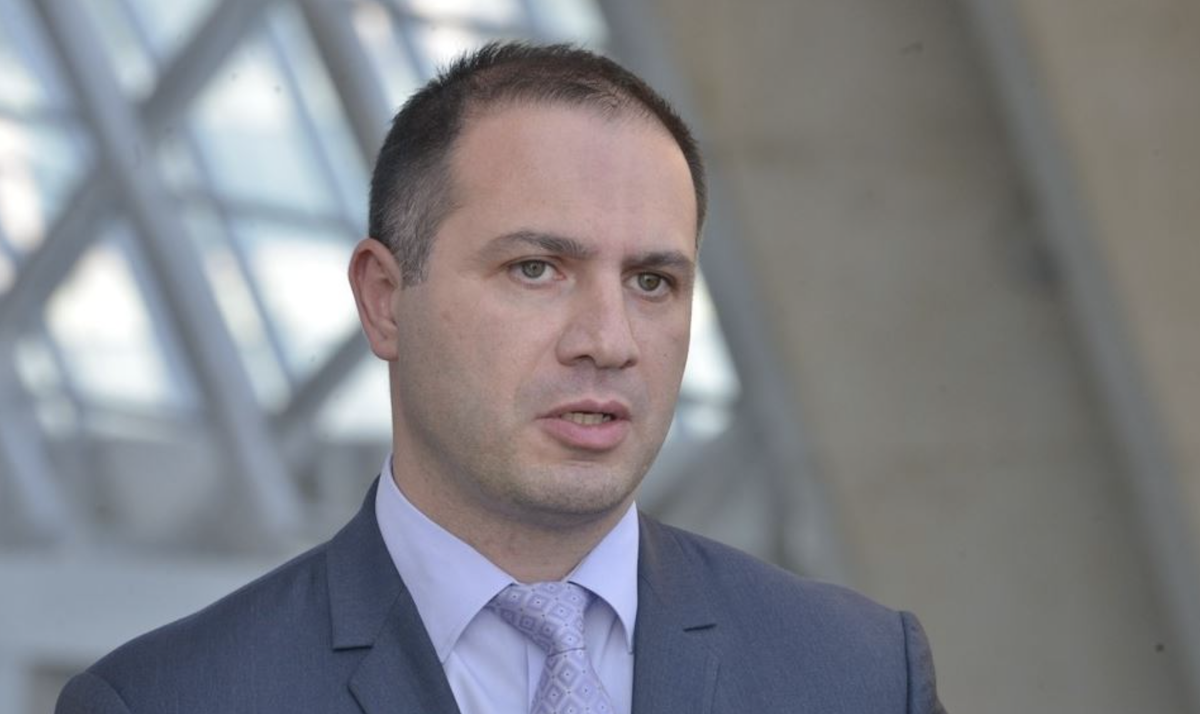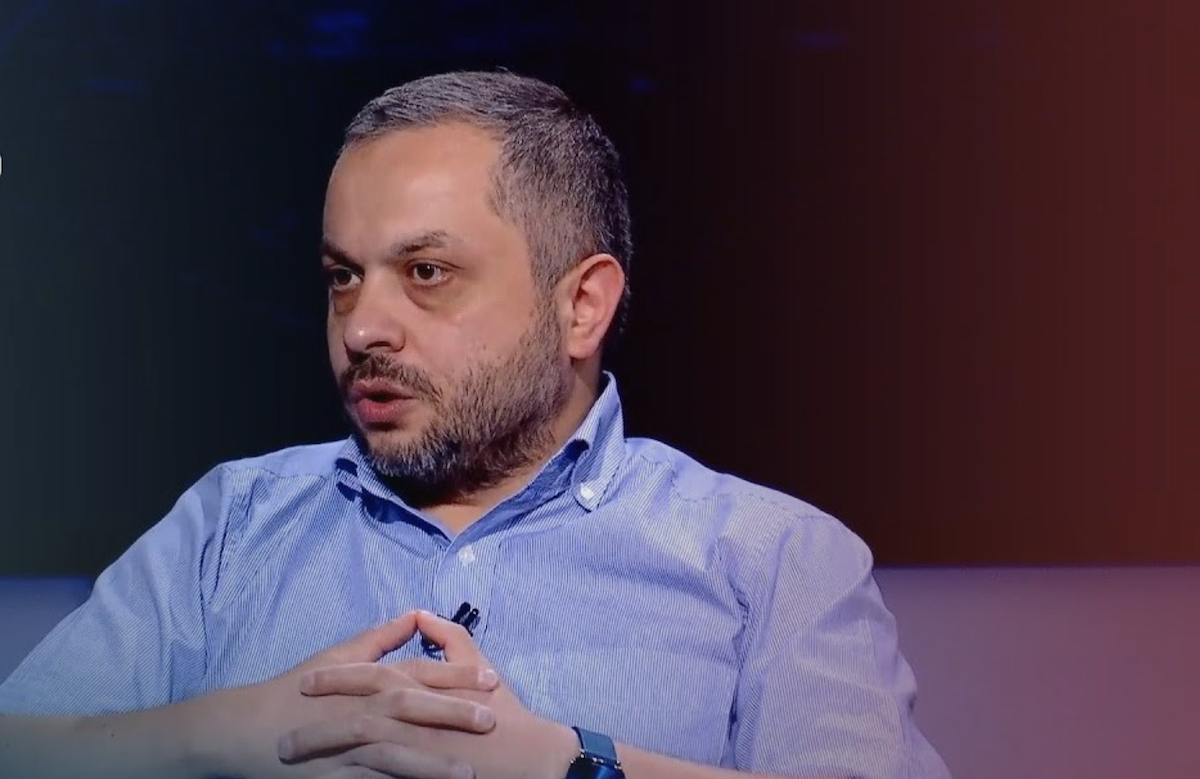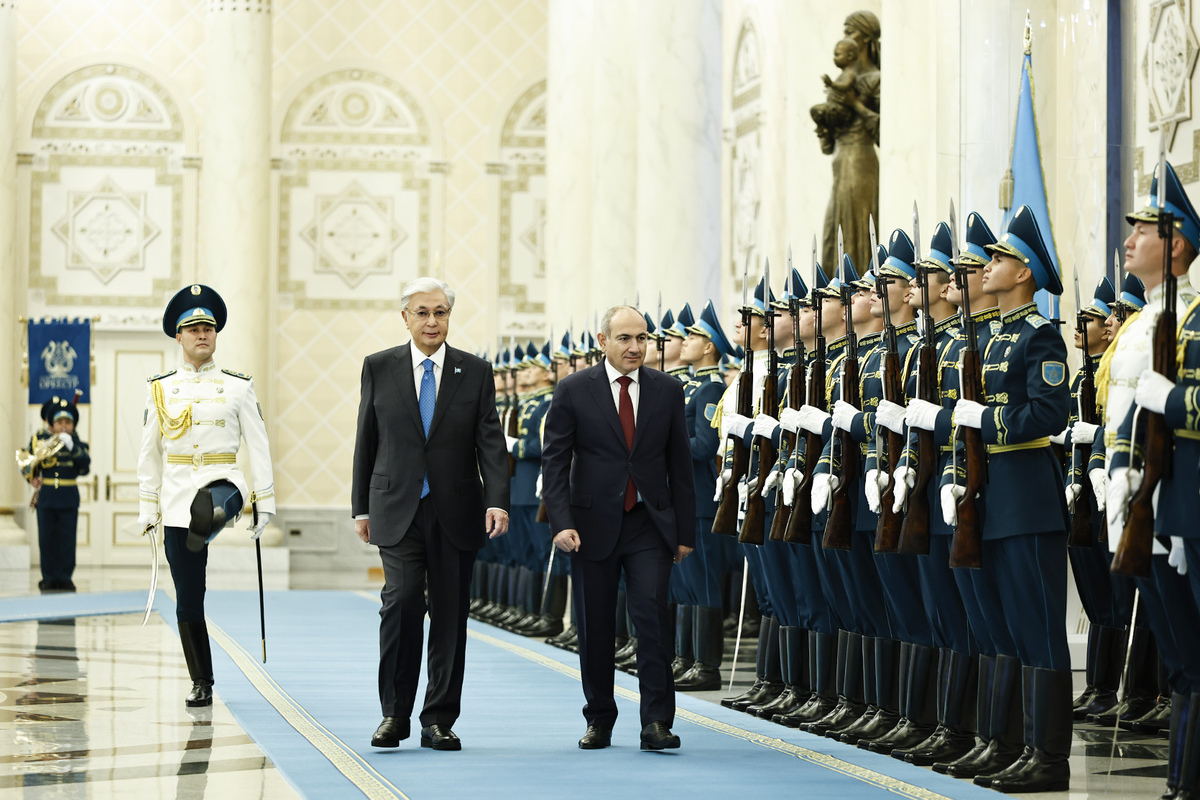Competition for the North-South transport corridor. Perspective from Baku
North-South corridor in the South Caucasus
The topic of transport corridors has become one of the main issues in the South Caucasus in recent years. Due to international sanctions against Iran and Russia, the Caucasian states have become the only viable transit route between the East and the West, bypassing the Middle East.
The Azerbaijan Center for South Caucasus Studies (CSSC) has published an analytical piece on the competition between Baku and Yerevan for participation in one of the routes of the international North-South transport corridor.
- Ilham Aliyev: “Delimitation and a peaceful agreement are two separate issues”
- The U.S. Sanction proposal to Azerbaijani officials: pressure or punishment?
- Anniversary of Lachin corridor checkpoint: Insights from Baku
“In the near future, important news is expected regarding the development of the International North-South Transport Corridor (INSTC) – one of the significant global projects involving Azerbaijan.
Recently, president of Azerbaijan Ilham Aliyev announced the imminent start of another project within the framework of the mentioned transport corridor.
On the other hand, within the INSTC framework, the opening of a trade route through Iran between India and Armenia is expected,” write Azerbaijani experts.
INSTC: Participants and routes
“On September 12, 2000, an intergovernmental agreement was signed between Russia, Iran, and India to create the International North-South Transport Corridor. To date, this agreement has been ratified by 13 states (Azerbaijan, Armenia, Belarus, Bulgaria, India, Iran, Kazakhstan, Kyrgyzstan, Oman, Russia, Tajikistan, Turkey, and Ukraine).
The INSTC project is designed to transport goods from India and the Persian Gulf countries to Russia, Western Europe, the Baltic States, and Scandinavia.

Currently, the North-South corridor is developing mainly along three directions:
- Eastern route – through Central Asia;
- Central route – through the Caspian Sea;
- Western route – through Azerbaijan or Armenia.
Alongside Azerbaijan, Armenia also claims the Western route of the INSTC. With the announcement of the multimodal route India-Iran-Armenia-Georgia-Black Sea, Yerevan declared its aspirations to compete with Azerbaijan for the Western route. However, despite Armenia’s desire to establish a strategic corridor through its territory, there have not been enough concrete actions in this direction.
Limited route
“The new multimodal route through Armenia is currently the weakest and most limited route in terms of transit capacity within the INSTC. This is because:
- The route mainly involves combined sea and road transportation, which is considered costly. Due to the mountainous terrain, the construction of a railway connecting northern and southern Armenia to join the route from Iran is deemed unprofitable.
- Armenia has only one border crossing point with Iran (Agarak) and four with Georgia (Bavra, Gogavan, Bagratashen, and Privolnoye). The condition of the country’s roads and railways leaves much to be desired. Although construction began on a 556-kilometer North-South road in 2009, only 31 kilometers (5.5%) of this route have been completed in 15 years. This road is intended to connect the northern (border with Georgia) and southern (border with Iran) parts of the country to provide access to the Black Sea and European countries via Armenia and Georgia. As for the railways, three out of four railway lines connecting Armenia to neighboring countries are inactive.
- The next stop on the new multimodal route after Armenia – in Georgia – also faces certain limitations for the corridor’s normal operation. To handle a large volume of cargo, Georgia needs to expand its port infrastructure. Additionally, railway communication between Georgia and Russia has been completely suspended. Currently, Russia is connected to Georgia only by one road (the North Ossetian Military Road), which often closes due to weather conditions.”
A better alternative
“Existing and developing roads in Azerbaijan represent the best alternative for the western route of the INSTC compared to the route through Armenia. This is because:
- Relying on and using only one mountainous road poses serious stability issues.
- Unlike Armenia, Azerbaijan already has the necessary infrastructure for the full operation of the North-South transport corridor. However, this infrastructure also needs improvement through certain expansions, work on which is being carried out towards Iran, Russia, and Georgia.”


















